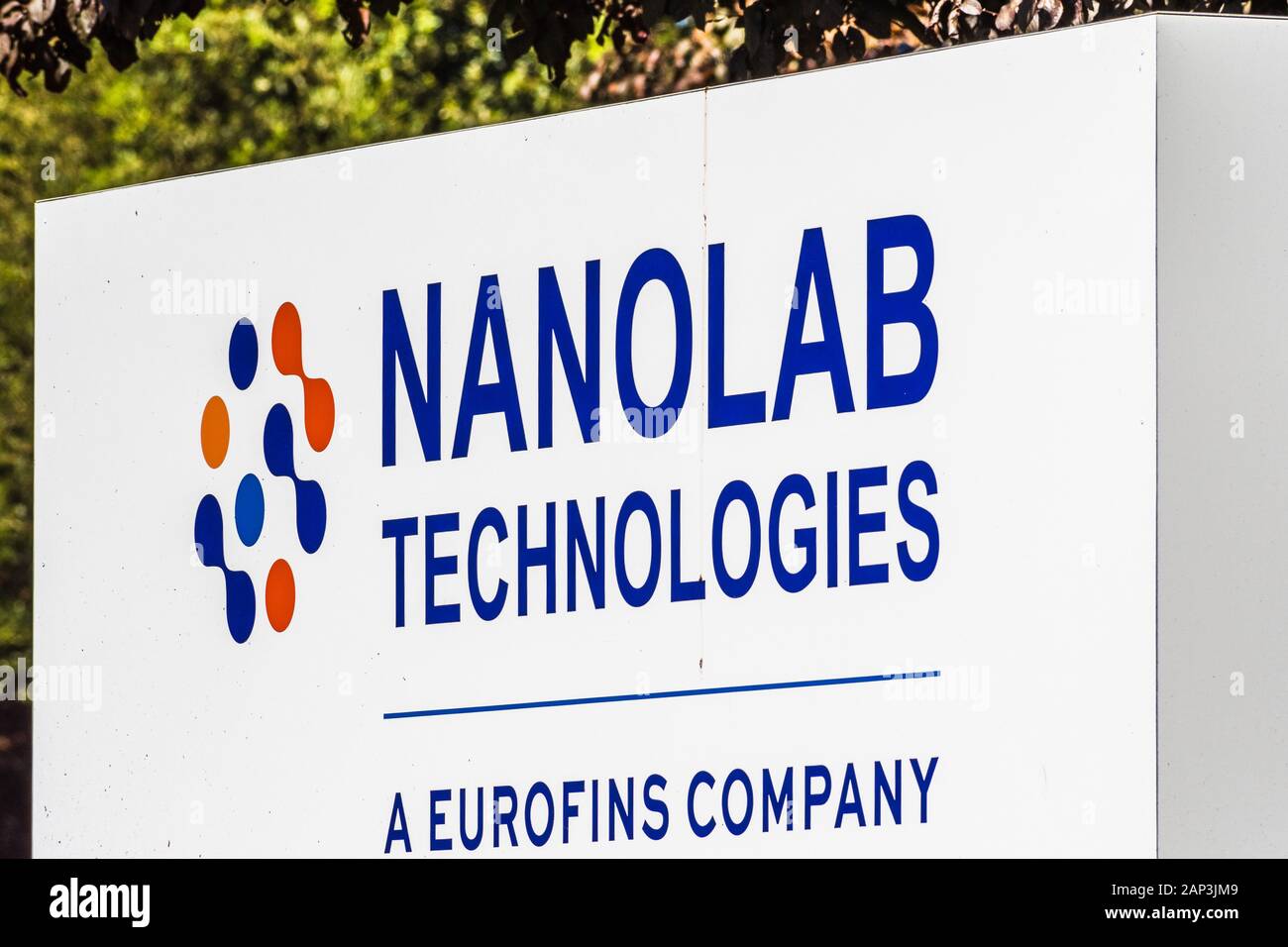Nanolab Technologies: A Deep Dive into the World of the Infinitesimal
Nanolab technologies represent a fascinating and rapidly evolving field at the intersection of nanoscience and engineering. They encompass the tools and techniques used to manipulate matter at the nanoscale – that’s at the level of atoms and molecules. This capability opens doors to creating materials and devices with unprecedented properties and functionalities, impacting diverse sectors from medicine and electronics to energy and environmental science.
What is a Nanolab?
A nanolab, short for nanotechnology laboratory, is a specialized facility equipped with sophisticated instruments designed for nanoscale research and development. These labs provide a controlled environment where scientists and engineers can synthesize, characterize, and manipulate nanomaterials. They are the birthplace of innovations that leverage the unique properties of matter at the nanoscale.
Key Instruments in a Nanolab
Nanolabs house a range of advanced instruments, each playing a crucial role in the exploration and manipulation of the nanoscale world. Some of the most important include:
Scanning Probe Microscopes (SPM)
SPMs, such as the Scanning Tunneling Microscope (STM) and Atomic Force Microscope (AFM), are indispensable tools for visualizing and manipulating individual atoms and molecules. They provide incredibly high-resolution images of surfaces and can even be used to move atoms around, enabling the construction of nanostructures atom by atom.
Electron Microscopes
Electron microscopes, including the Scanning Electron Microscope (SEM) and Transmission Electron Microscope (TEM), use beams of electrons to image samples at very high magnifications. They provide detailed information about the size, shape, and structure of nanomaterials, allowing researchers to understand their properties and behavior.
Nanomaterial Synthesis Equipment

Nanolabs also contain equipment for synthesizing nanomaterials. This can include chemical vapor deposition (CVD) systems for growing thin films and nanoparticles, sputtering systems for depositing thin layers of materials, and wet chemistry setups for synthesizing nanoparticles in solution.
Cleanroom Facilities
Many nanolabs include cleanrooms, which are controlled environments with extremely low levels of dust, particles, and other contaminants. Cleanrooms are essential for fabricating nanoscale devices, as even tiny amounts of contamination can interfere with their performance.
Characterization Tools
Beyond imaging, nanolabs also house a variety of tools for characterizing the properties of nanomaterials. These include techniques like X-ray diffraction (XRD) for determining crystal structure, Raman spectroscopy for analyzing molecular vibrations, and UV-Vis spectroscopy for studying optical properties.
Applications of Nanolab Technologies
The advancements made in nanolabs are fueling innovation across a wide range of fields:
Medicine
Nanolab technologies are revolutionizing medicine through targeted drug delivery, nanoscale diagnostics, and regenerative medicine. Nanoparticles can be designed to deliver drugs directly to cancer cells, minimizing side effects. Nanosensors can detect diseases at early stages, improving treatment outcomes. And nanomaterials can be used to create scaffolds for tissue regeneration.
Electronics
Nanolab technologies are enabling the development of faster, smaller, and more energy-efficient electronic devices. Nanomaterials are being used to create transistors, memory devices, and displays with enhanced performance. Nanowires and nanotubes are being explored for use in next-generation electronics.
Energy
Nanolab technologies are playing a crucial role in addressing the world’s energy challenges. Nanomaterials are being used to develop more efficient solar cells, batteries, and fuel cells. They are also being used to create lightweight and strong materials for wind turbines and other renewable energy technologies.
Environmental Science
Nanolab technologies are being used to develop new methods for cleaning up pollution and protecting the environment. Nanomaterials can be used to remove pollutants from water and air. They can also be used to create more sustainable materials and processes.
Materials Science
Nanolab technologies are enabling the creation of new materials with unprecedented properties. Nanomaterials can be stronger, lighter, and more durable than conventional materials. They can also have unique optical, electrical, and magnetic properties.
Challenges and Future Directions
While nanolab technologies hold immense promise, several challenges remain:
Cost
Nanolab equipment can be very expensive, limiting access to these technologies.
Scalability
Scaling up the production of nanomaterials and nanodevices from the lab to industrial scale can be challenging.
Safety
The potential health and environmental risks associated with nanomaterials need to be carefully assessed and managed.
Ethical Considerations
The development and use of nanotechnologies raise ethical questions about privacy, security, and potential misuse.
Despite these challenges, the field of nanolab technologies is rapidly advancing. Future research directions include:
Developing new nanomaterials with tailored properties
Researchers are constantly exploring new nanomaterials with unique properties that can be used for specific applications.
Improving the efficiency and scalability of nanomaterial synthesis
Efforts are being made to develop more efficient and cost-effective methods for producing nanomaterials at scale.
Developing new techniques for characterizing and manipulating nanomaterials
New tools and techniques are needed to better understand and control the behavior of nanomaterials.
Addressing the safety and ethical implications of nanotechnology
More research is needed to assess the potential risks associated with nanomaterials and to develop guidelines for their safe and responsible use.
The Impact of Nanolab Technologies
Nanolab technologies are poised to have a transformative impact on society. They are enabling the development of new products and technologies that are improving our lives in countless ways. From life-saving medical treatments to more efficient energy technologies, the innovations emerging from nanolabs are shaping the future.
Conclusion
Nanolab technologies are at the forefront of scientific and technological innovation. They provide the tools and techniques needed to explore and manipulate the nanoscale world, opening up a universe of possibilities. As research in this field continues to advance, we can expect to see even more groundbreaking discoveries and applications emerge from nanolabs around the globe, promising a future filled with unprecedented advancements in medicine, electronics, energy, and beyond. The ability to work at the atomic and molecular level empowers us to engineer solutions to some of the world’s most pressing challenges, making nanolab technologies a critical area of focus for scientific research and development.
